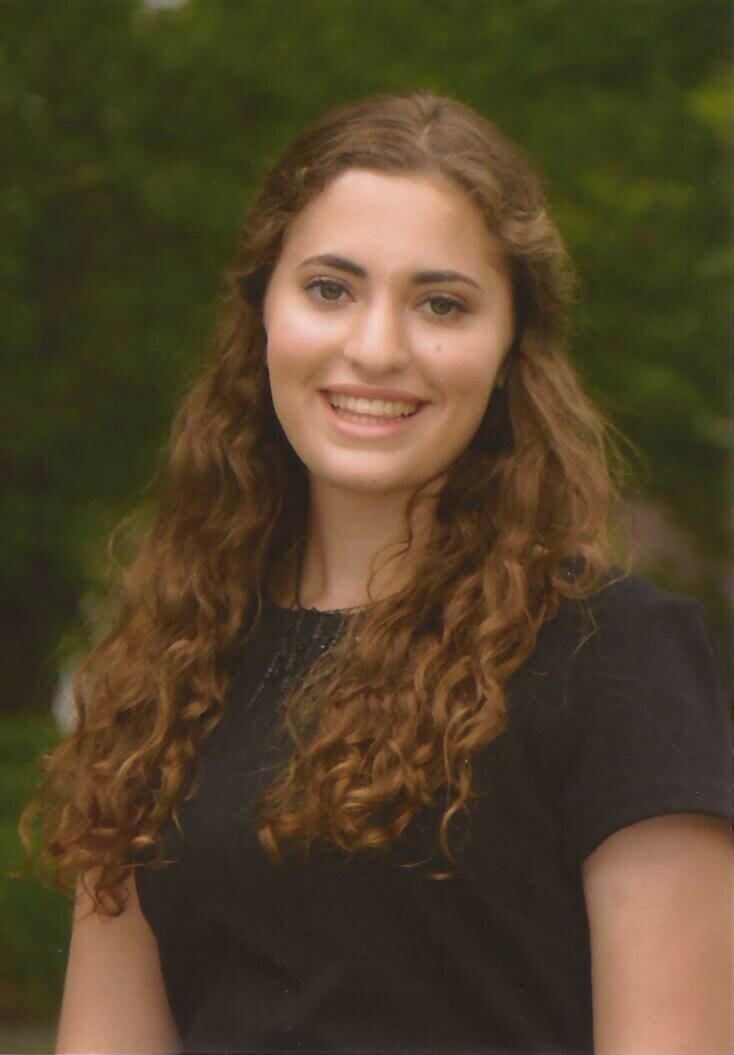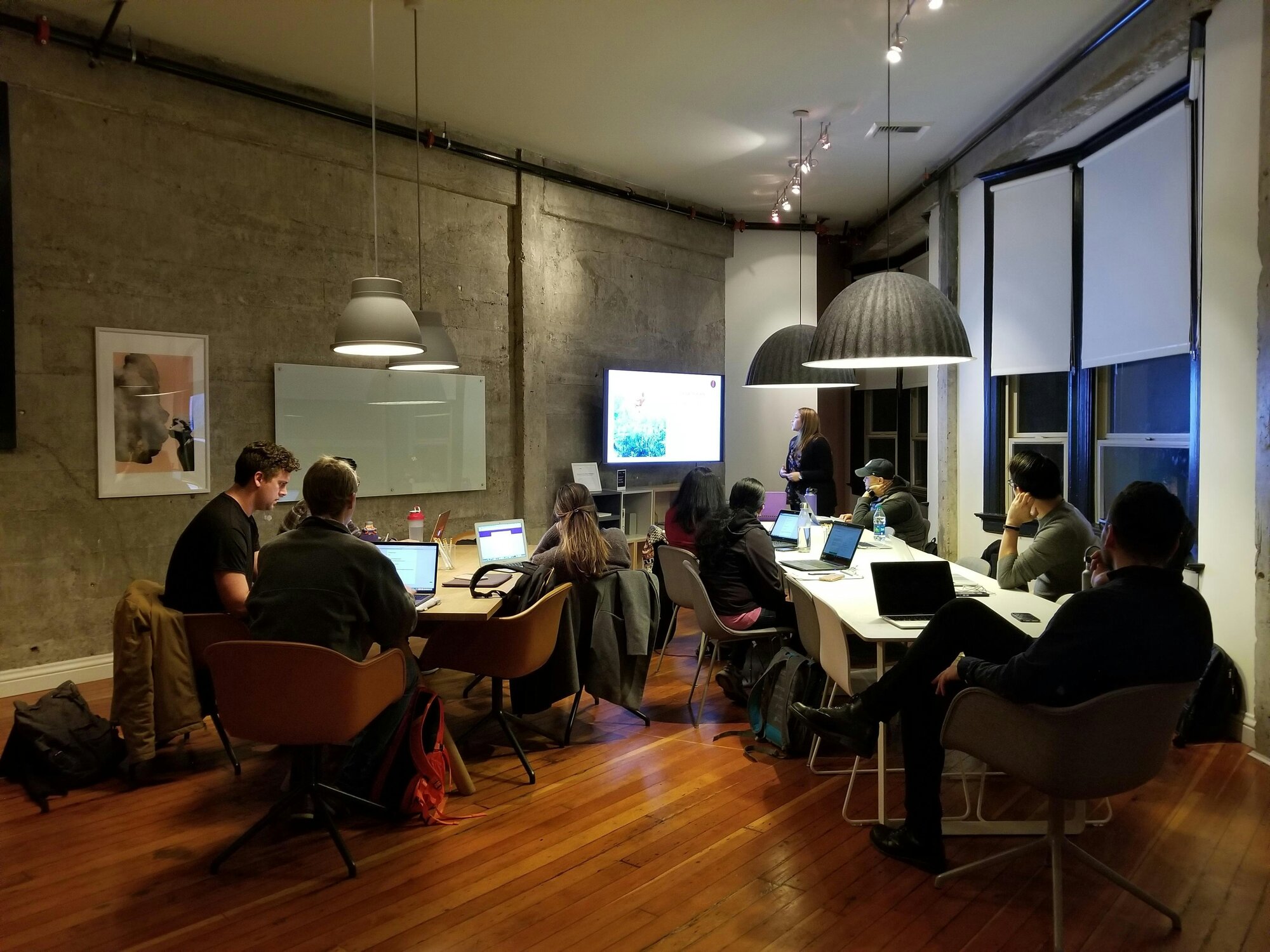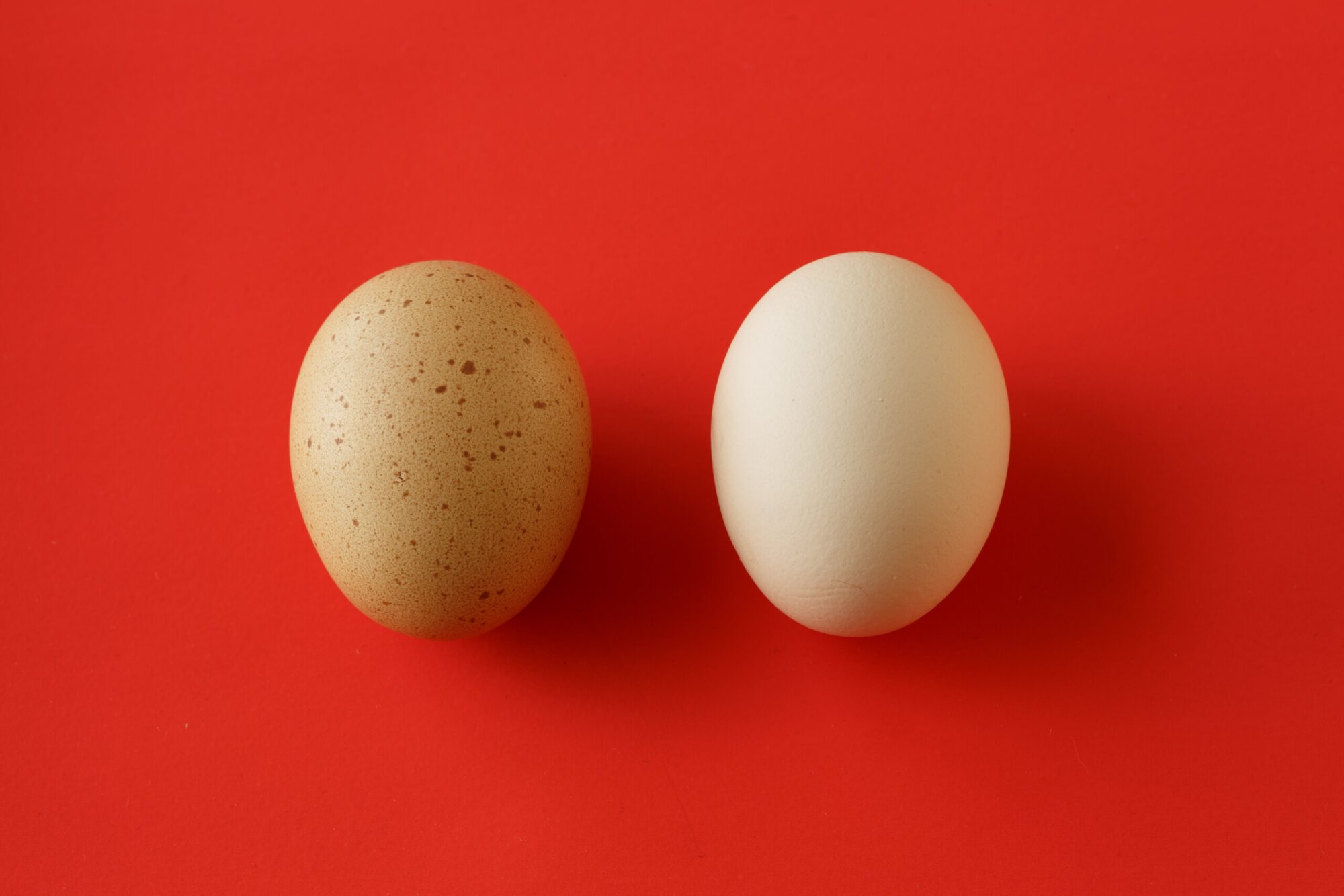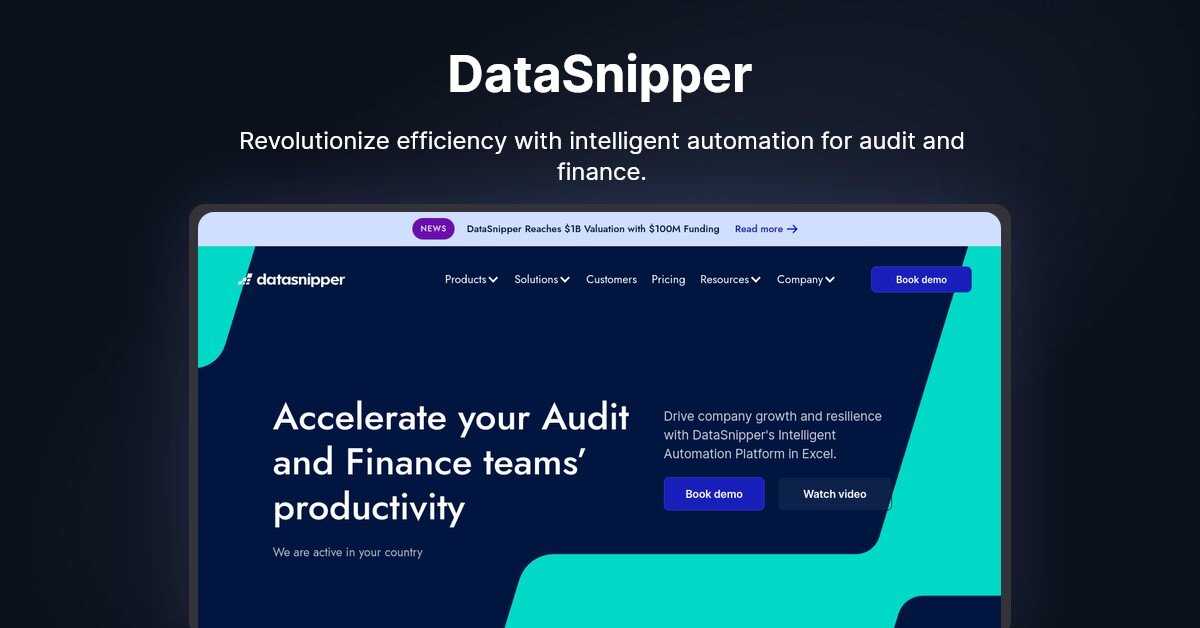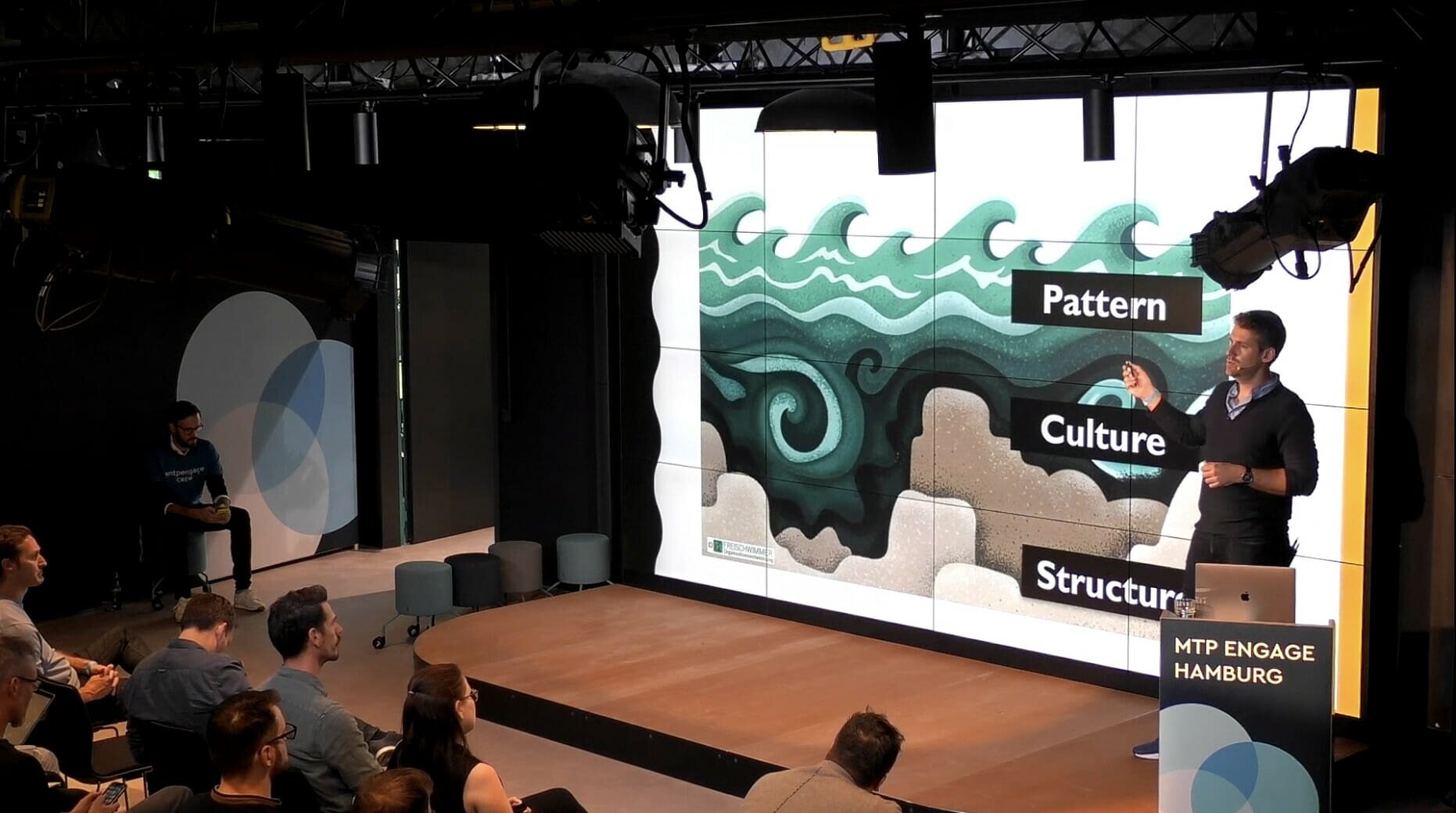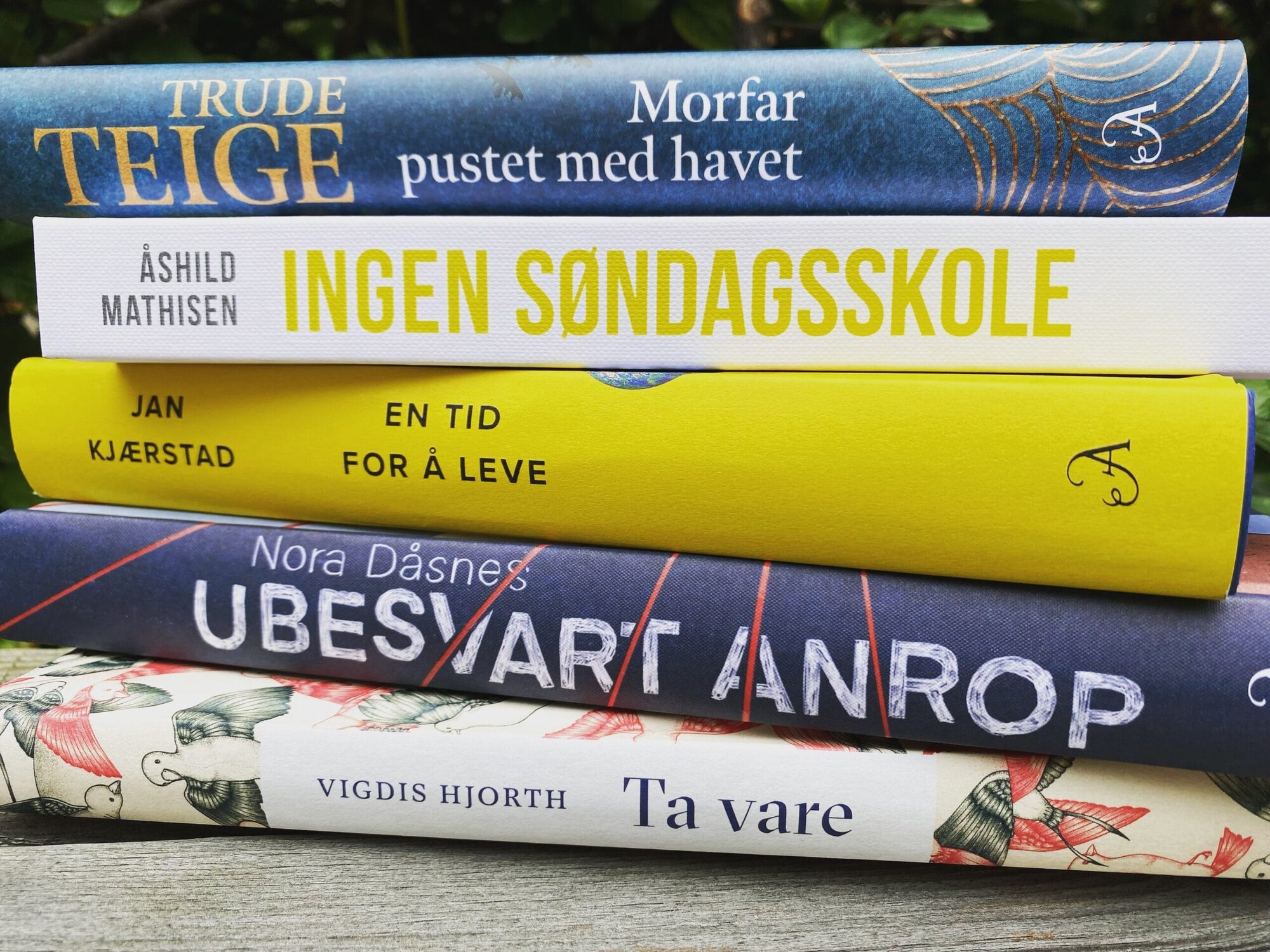Product and design can often feel at odds. Product is pushing to release very lean versions of features or products, often at the expense of an optimal user experience, whereas design is pushing for the best user experience at all costs. Allowing for that tension is critical; pushing for a good user experience from which the product team can also learn, and learn quickly, is essential. How can Design and Product both achieve their goals and work well together?
Here are five ways product and design can forge a strong partnership, as told by members of the product management and design team at Def Method.
Encourage a healthy tension between product and design
(Isabelle Berner, director of product)
Though it often feels uncomfortable, the tension that exists between product and design is critical to the product development process. If design worked alone, we would run the risk of failing to ship quickly, depriving the team of the ability to learn from how users are interacting with working software. This causes the team to work towards a big bang release that inevitably includes some functionality that is undesirable or unnecessary and needs to be removed from the product.
If product worked alone, we would run the risk of shipping an overly lean feature set too quickly, and the user experience would not be good enough to learn what we need to learn from the users. It is important for product and design to understand and respect each other’s agenda and for design to be included in the decision around what to release and when to release it. It’s a delicate but critical balance: both the product agenda of learning quickly and the design agenda of delivering a quality experience for the user need to be satisfied.
Bring each other along in their respective journeys
(Katie Cladis, senior product manager)
As a Product Manager, I’m focused on feature requests, usage data, customer feedback, what the competition is up to, and business objectives. This is all in an effort to make sure the team is delivering on user stories that are going to create value for the end-user and for the business. One way to work with a designer is to simply tell them that this is what we need to do: trust me, I say, I’ve done the work to determine this should be our priority.
But another, better, way to work with a designer is to show your work: how did I, as a product manager, come to this conclusion? Who else was consulted on these decisions? Why were the decisions made? What were the tradeoffs? What are some assumptions being made, and how might we work to validate them through more research and prototyping. By bringing my designer along the journey, I will get additional feedback, they will get more context, we will both get more information to de-risk products, and users will ultimately get a better experience.
And even better yet, as a product manager, I should be doing something every day to show my designer counterpart what I’m thinking about a problem that we’re trying to solve and why. Maybe this is a quick casual chat, maybe it’s asking for feedback, maybe it’s a more in depth session of brainstorming how to tackle a problem. This will deepen our relationship and opportunities for collaboration. We may not solve anything in these brief moments, but we are building towards a better partnership that will ultimately result in a better product.
I suppose the subtext here is that in order to build great products, we should let go of having to have all of the answers, and instead be a conduit of information flowing freely to others, especially designers, so that products—and people—can be at their best.
Clarify roles and responsibilities
(Kent Robinson, senior UI/UX designer)
One of the biggest challenges in creating an effective working relationship between designers and product managers is coming to an agreement on roles and responsibilities. There are gray areas. Often, it depends on how large the organization is and where the project is in the product life cycle. Many of the stakeholder interview, user research, and solution ideation responsibilities can be led by either design or product, so before diving, it is helpful to make a list of potential duties and decide who will lead them. Some duties to discuss are:
- Who does the competitive research?
- Who is in charge of leading the concept creation?
- Who does the wireframes?
- Who builds the user profiles?
- Who is in charge of user research?
- What communication channels with the client/stakeholders are each party in charge of?
- Who leads the user testing efforts?
- Who leads the UX copy efforts?
It can be useful to apply a framework to determine not just the responsible party, but also the parties that should be consulted and/or informed. Once these duties are established, determine how check-ins should work to ensure that everyone is doing their part. On past projects, I’ve found success having a product/design-only meeting at least once a week outside of the regular standup/sprint planning meetings. This provides an opportunity for reporting back on how the various efforts are going and where potential collaboration can take place. It’s also a great opportunity for product managers to provide feedback on designs without some of the friction points that are created when including developers and stakeholders.
Include design in conversations with the engineers
(Merziyah Poonawala, senior product manager)
While sprint planning or grooming may feel like primarily an engineering-focused meeting, including your designer in these conversations lets them be more hands-on with the delivery part of your project alongside the discovery. In addition to being available to give immediate feedback on any UI/UX questions the engineers may bring up, they are able to listen in on the more nuanced conversations around the features being built and develop an understanding of the technical challenges being faced. They become more aware of the technical constraints, engineering skills, and overall product concerns. This information empowers them in discovery and design to help the team address the challenges. They are also kept in the loop on project estimations and timelines and can respond accordingly.
More importantly, including the designers in these conversations promotes a cohesive team dynamic where instead of working with just the product manager, the designer is building a relationship with engineers as well—especially on teams where they may not have a lot of interaction with the engineering team as a whole. This collaboration fosters open conversations letting the product manager, designer, and engineer understand each other's goals, motivations, and challenges, and work together to define a common goal that everyone on the team works towards.
When I’ve worked on teams where we had design as part of the weekly planning and grooming sessions, I have always heard from designers that they appreciated being a part of these conversations. It makes them feel part of the process of building out the designs. It also makes it easier to raise technical scope questions with the designer when they understand the kind of challenges we may face with implementation. They can then, for example, easily assess a question of designing a custom drop-down list or using native functionality not only on merits and costs of user interaction, but also on technical feasibility and level of effort involved.
Use tools everyone is comfortable with
(Mike Lattiak, senior product manager)
One way to form an effective collaboration is to utilize a tool that both design and product can be comfortable using. These tools allow for collaboration activities ranging from User Journey Mapping to Wireframes. There are many visual collaboration tools out there, so it really comes down to what the product team agrees on. The tools improve productivity by allowing for quick iterations, ensure security so that your work is protected from the outside world, and help avoid the need to switch up multiple tools in the process. The power is making sure both the product manager and the designer are using the same tool throughout the process.
Despite this power, hurdles will be present right from the start as you will need both product and design to be proficient enough in the tool to effectively collaborate. It is recommended that your design team take the time to train others on the best ways to use the software. Additionally, you’ll need to keep an eye on how much you expect development teams to jump in as well. They might not use or reference the software as much as product/design would want them to.
The benefits manifest when you look at the transition between ideation to design to development. These tools keep a consistent voice across the entire process, allowing everyone to be on the same page. This reduces confusion and miscommunication, and it translates into decreased pre-production time.
Conclusion
One common link to all of these is that it is important to have fluid and systemic communication. Ensuring product and design form an effective communication does not happen automatically. It takes aligning the teams in ways tailored to everyone’s needs and strengths.
Explore more content on team collaboration. Use our Content A-Z to discover more insights on product management.
